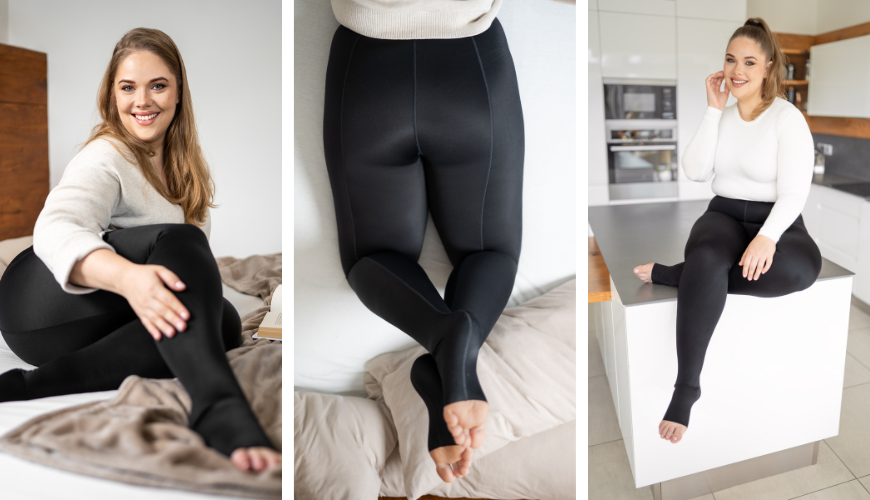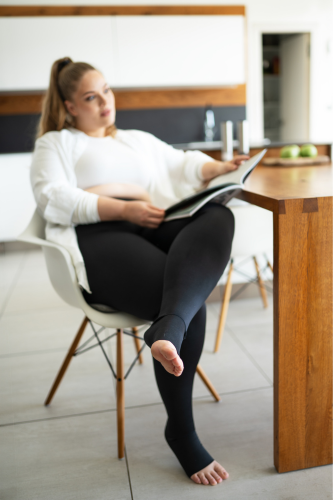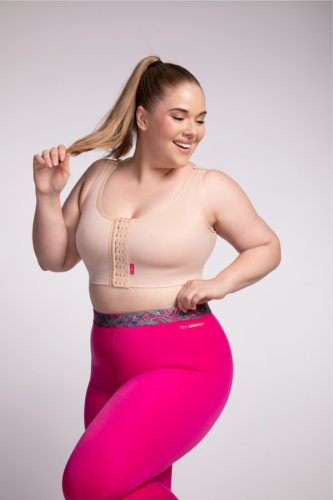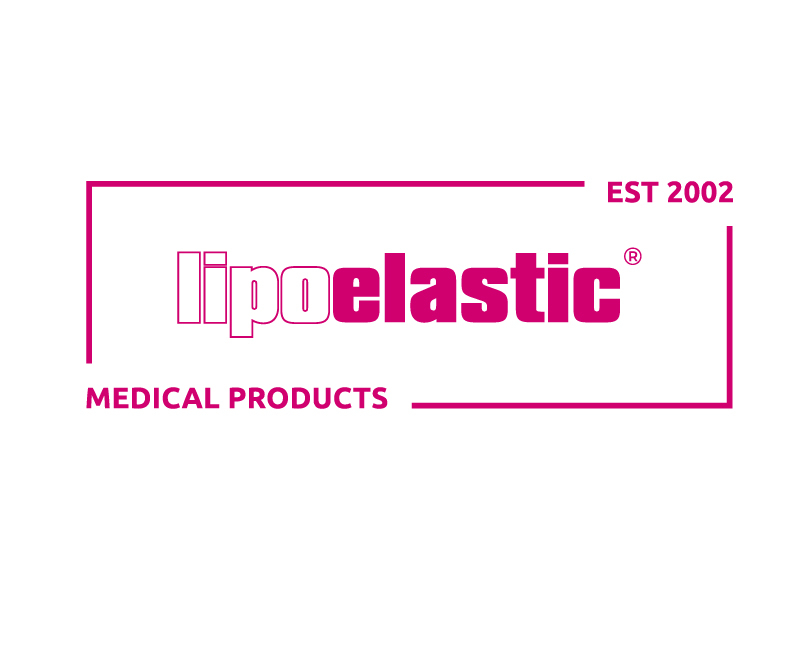Lipedema and cellulite are often confused — yet they are two very different conditions. While cellulite is a common cosmetic concern, lipedema is a chronic medical condition that requires specialized care and early diagnosis. Understanding the difference is essential for effective treatment and long-term relief.

What is Lipedema?
Lipedema is a chronic disorder of fat distribution that primarily affects women. It typically results in symmetrical fat buildup on the legs, thighs, hips, and sometimes arms — but notably spares the upper body, creating an imbalance in body shape. Unlike obesity, lipedema does not respond to diet or exercise alone.
Key characteristics of lipedema:
- Disproportionate fat in the lower body
- Legs may appear column-like or swollen
- Skin is soft and cool to the touch
- Affects quality of life if untreated

Lipedema vs. Cellulite – How to Tell Them Apart
Location & Appearance:
- Lipedema: Affects the legs (and sometimes arms) symmetrically; tissue feels soft, often painful, and bruises easily.
- Cellulite: Usually appears on the thighs, hips, and abdomen as dimples or a “cottage cheese” texture — often referred to as the orange peel effect.
Symptoms:
- Lipedema:
- Pain to the touch
- Easy bruising
- Resistant to diet and exercise
- Gets worse over time
- Cellulite:
- Cosmetic concern only
- Not typically painful
- Does not significantly change over tim
What’s Happening Under the Skin?
Lipedema causes inflammation and enlargement of fat cells, which puts pressure on the lymphatic system, leading to swelling and fluid retention.
Cellulite occurs when fat cells push against connective tissue, creating surface dimpling. It doesn’t impact the lymphatic system or cause swelling.
 Common Misdiagnoses
Common Misdiagnoses
One of the most common issues is mistaking lipedema for obesity or simply calling it cellulite. This often leads to incorrect treatment — such as weight loss programs or cosmetic treatments that have little to no effect on lipedema symptoms.
A proper diagnosis by a specialist (such as a lymphologist or a plastic surgeon experienced in lipedema) is essential, especially if you notice pain, swelling, or easy bruising.
Lipedema Treatment Options
Treatment focuses on reducing symptoms and improving quality of life. Options include:
- Compression therapy (leggings, garments)
- Manual lymphatic drainage
- Physiotherapy and exercise
- Lipedema-specific liposuction
- Lifestyle changes and diet
Compression Leggings: Functional Support That Feels Good
Wearing quality compression garments can significantly ease symptoms of both lipedema and cellulite. LIPOELASTIC’s ACTIVE leggings offer targeted compression that:
- Helps reduce leg swelling
- Supports the lymphatic system
- Boosts circulation
- Smooths the appearance of cellulite
- Shapes and slims the lower body
- Alleviates daily discomfort linked to lipedema
Want to Learn More?
Download our free Lipedema E-book, where you’ll find expert advice, treatment insights, and lifestyle tips to support your journey — from exercise to nutrition and more.

 LIPOELASTIC TEAM
LIPOELASTIC TEAM 




